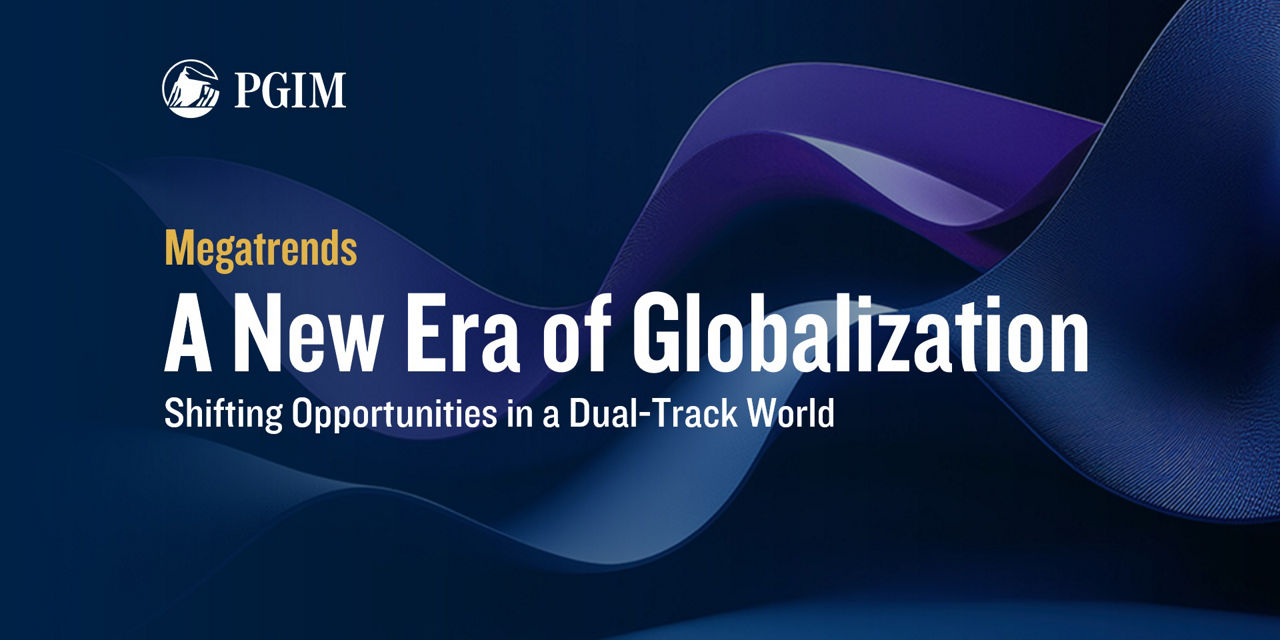Featured insights
-
The European Tilt: A 2025 RenaissanceExplore how Europe’s evolving markets may influence investment strategies and regional opportunities.
Read More
-
Credit Allocation in a Changing Market: Rethinking the Public-Private BalanceInstitutional investors face new challenges and opportunities as they seek the optimal mix of public and private credit in multi-asset portfolios.
Read More
-
OutlooksLiquidity, flexibility, and true diversification beyond traditional assets are now strategic imperatives, not tactical options.
Read More
$1.39T
#12
200+

A provider of global fixed income solutions.

A fundamental active equity and fixed income manager.

The quantitative investment specialist of PGIM.

Providing integrated solutions across public and private markets with portfolio strategy and asset allocation expertise.

A provider of actively managed investments including mutual funds, ETFs, and UCITs.

A manager of private fixed income and alternative portfolios.

A global manager of real estate equity, debt, and securities investment strategies.
Broad Range of Investment Capabilities Across Private and Public Markets
PGIM delivers specialized expertise across asset classes, including fixed income, equities, real estate, private credit, and other alternatives.
-
Press ReleaseShifts in trade and national security priorities split globalization into two tracks, PGIM research findsPGIM Real Estate has expanded its Asia Pacific portfolios by investing in quality assets with a strong focus on diversification across Japan and Australia.
Read More
-
Press ReleasePGIM Real Estate appoints David Fassbender as deputy head of Asia PacificFassbender will help drive the firm’s growth in the region and continue to lead its largest Asia Pacific business in Japan.
Read More
-
Press ReleasePGIM Real Estate records strong momentum with US$1.4 billion of APAC transactions in Q1 2025PGIM's Megatrends research team finds that around 75% of the global economy remains on the "fast track" of globalization.
Read More
Subscribe to receive our latest insights
Stay informed on timely market developments, outlooks and industry events.
* Required Fields
Data as of 3/31/25 unless otherwise noted. All Assets Under Management are net unless otherwise noted.






